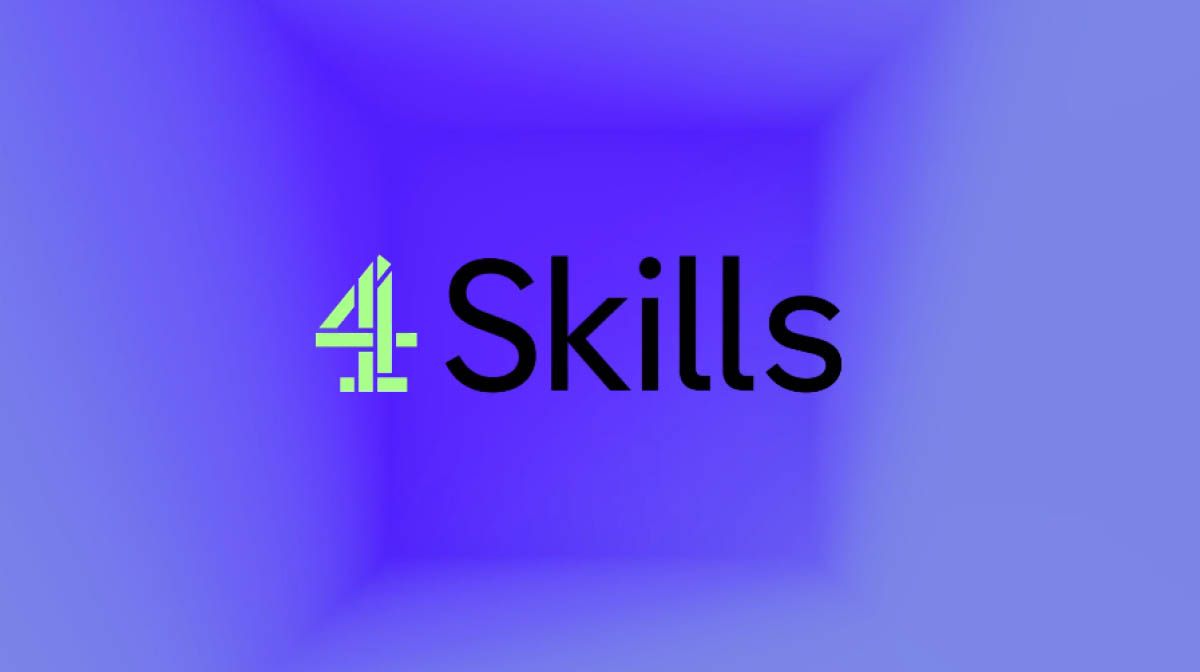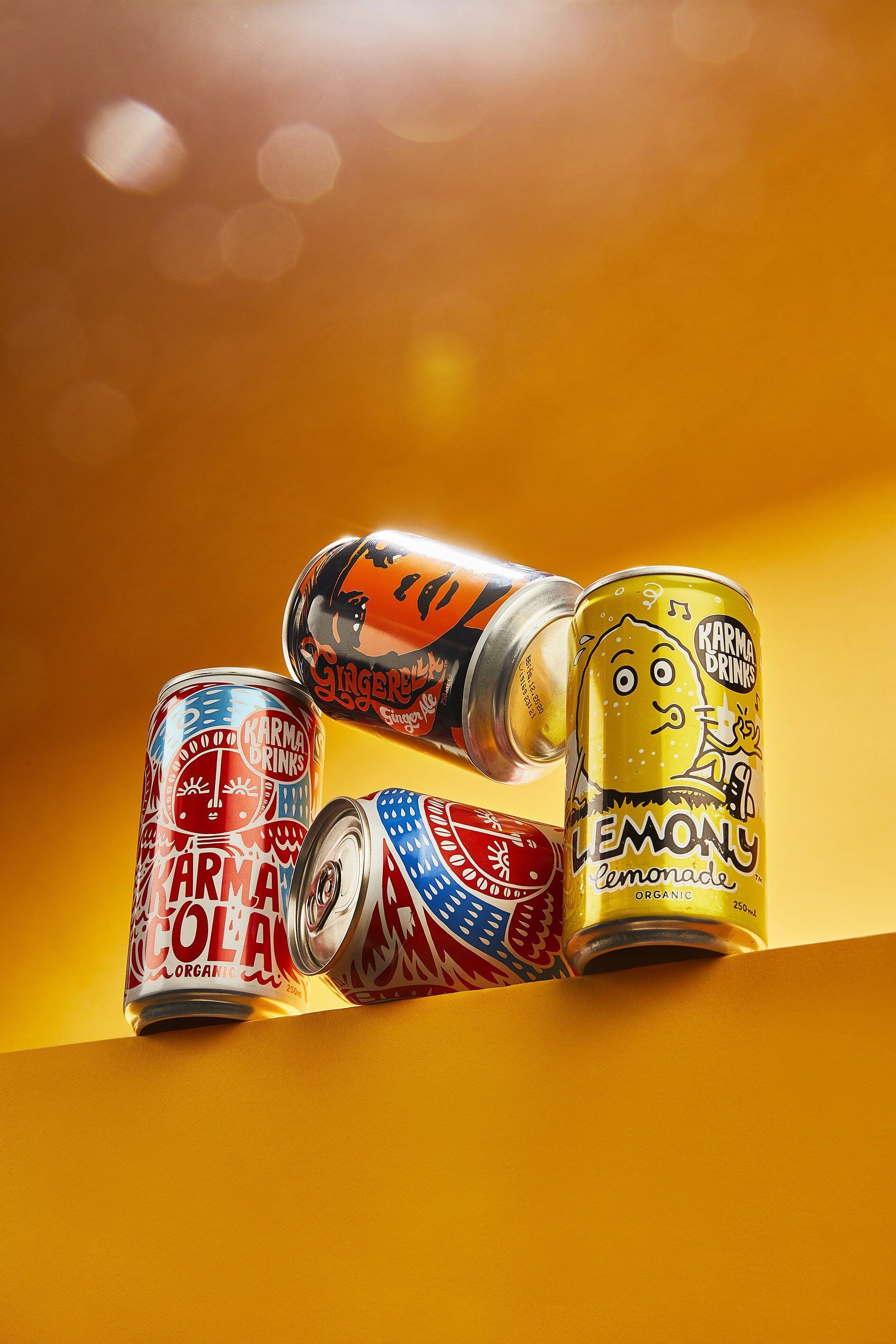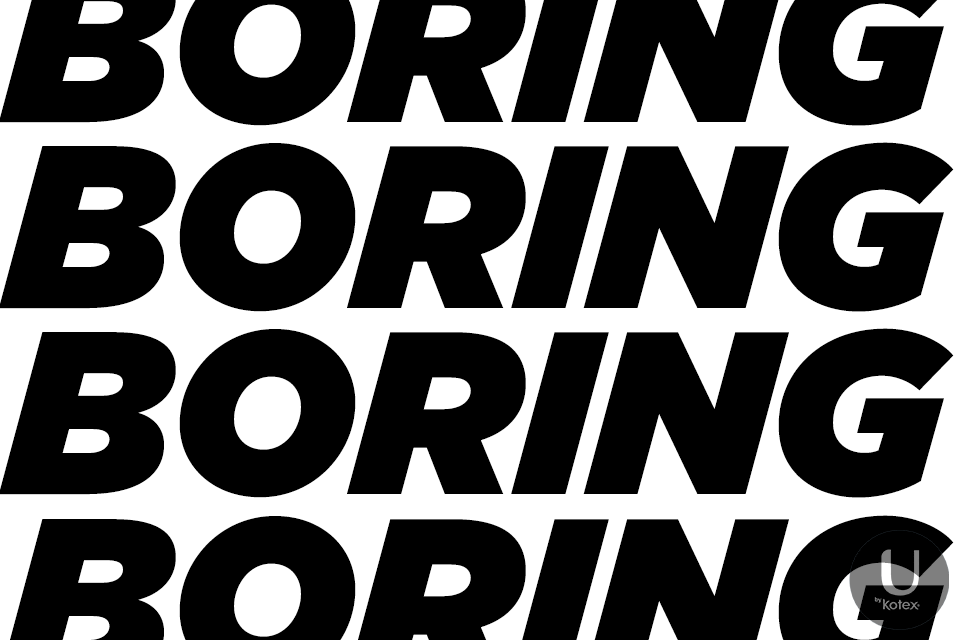Article
Nostalgia: Why should marketers care about it?
Nostalgia is a powerful emotion.
In fact, it’s so powerful that when the latest season of Stranger Things aired, Kate Bush’s classic 80s track (featured in the program) soared to the number-one spot in the UK charts after nearly 40 years. Similarly, searches for “retro clothing” increased by 200% in the days after the release of Stranger Things season three.

The word nostalgia comes from the Ancient Greek word “nostos” which translates to a “longing to return home”. In the classical Greek text The Odyssey the protagonist, Odysseus, has spent the last ten years trying to return to his kingdom Ithaca after the Trojan war. Homer makes it clear that Odysseus relies on memories of his family back home to cope with his long and hazardous journey.
There are parallels between the ancient experiences of Odysseus and many of us today. Just as Odysseus used nostalgia to spur him on through the tough times he was experiencing, many of us today use the emotion in the very same way.
War is a topic of everyday conversation for many, the threat of global warming becomes more imminent with each day that passes and inflation has permeated its way into most of our lives. We’ve also seen the world turned upside down because of Covid-19.
As a result, many of us are looking for security in any way that we can find it. 70% of millennials and Gen z now say they find comfort in the familiar.
But how does nostalgia actually work? Studies on autobiographical memory- the memory system that tracks episodes of our lives- have shown that when we are reminded of episodes from our past, we re-experience the emotions tied to the original episodes.
Nostalgic campaigns remind your customers of those episodes that once made them feel good. As they relive the experience they are likely to extend those feelings of warmth to the brand for taking them back in time.
And the results speak for themselves. “An Empirical Examination of Nostalgia Advertising Effects” [Muehling & Sprott] concluded that consumers who had seen nostalgia-themed ads were twice as likely to rate them more favourably than those who had seen non-nostalgic ads.
It’s clear that nostalgia provides a huge opportunity for brands to connect with their target audience in a highly emotional way, and provide them with a feeling of warmth at a time which feels desolate for so many.
But it’s also important that brands find the right balance.
While nostalgia may seem like an easy way to earn consumers’ favour, leaning on it entirely holds risks too. Brands need to keep their offerings fresh by remixing familiar motifs with contemporary elements.
Here are some brands that have done that well…
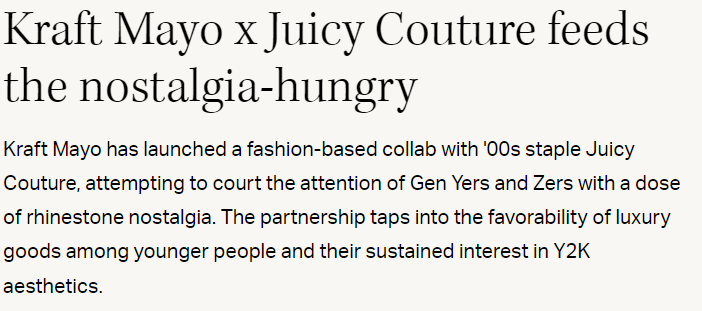
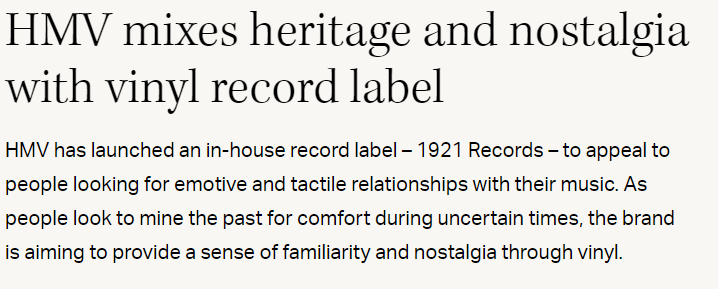

share this
Related Articles
Related Articles
